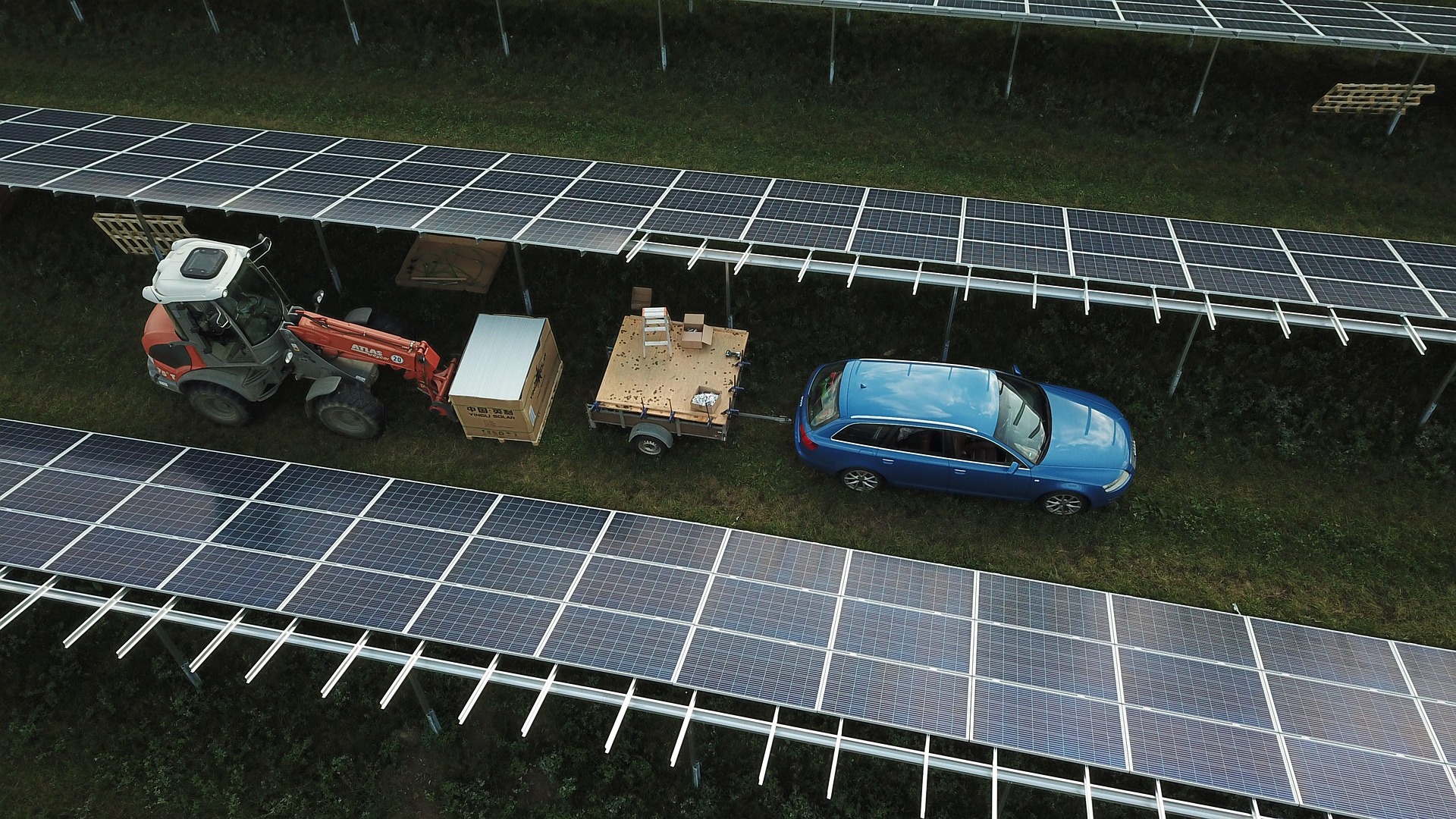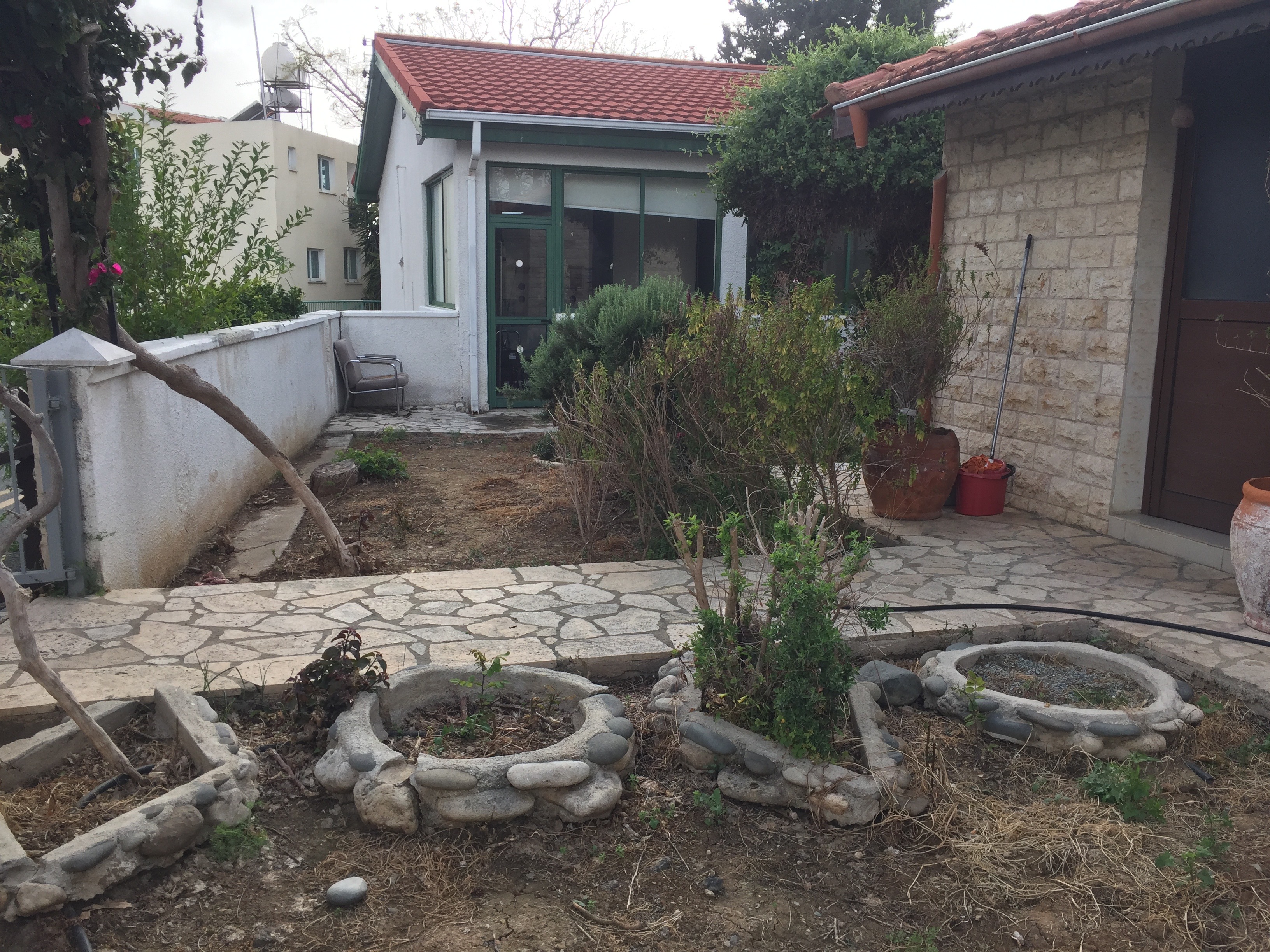But will it be competitive?
The single aim of the competitive electricity market (CEM) must be to bring about substantial reductions in Cyprus’ very high electricity prices. Anything else is of secondary importance and certainly of no tangible benefit to consumers. As currently set up, and with no clarity on completing the Vasilikos LNG import project and the GSI interconnector, I cannot see how this will be achieved.
How competitive will CEM be? It is highly questionable.
The first day of trading in Cyprus’ competitive electricity market is October 1. This will allow all electricity suppliers, state and private, to compete with each other, in theory giving the consumers the freedom to choose their electricity providers, bringing prices down.
At present, EAC is Cyprus’ single, state-owned, conventional electricity provider, producing electricity by burning expensive diesel/HFO.
Including rooftop solar, Cyprus’ total installed RES capacity exceeds 1000MW. Renewables now provide 24 per cent of electricity generation, but this is one of the lowest in Europe. The EU average is 42.5 per cent, with Greece around 45 per cent.
The majority of private RES producers and suppliers are represented by the Cyprus Association of Renewable Energy Companies and the Electricity Market Association. But about 80 per cent of RES electricity production is in the hands of a few producers who are also acting as suppliers. In effect, they act as a cartel selling their electricity at just below EAC prices.
The novelty is that consumers who have their own RES systems – and are not contracted to any net-billing scheme – can now be designated as ‘active-customers’ and can sell their excess electricity back to the grid at market prices.
As the energy minister said, when he announced the launch of CEM, this “will function like a stock market for electricity, with hourly price quotes determining the price of electricity,” backed by Eurobank.
It has been said that the launch of CEM marks a new era for Cyprus.
A ‘new era’ is defined as “a period marked by significant, transformative changes and fundamental shifts that distinguish it from the preceding time, marking a departure from the past, signifying the beginning of a new phase.” CEM is not likely to bring about any such changes.
It is unlikely to “provide households and businesses with more affordable and reliable power while accelerating Cyprus’ shift toward renewable energy.”
For that to happen, it is necessary to have diverse energy sources, a large number of producers and large-scale competition, as well as interconnections to neighbouring grids, as happens in larger European markets. Cyprus, as an island, is isolated without interconnections and has a relatively small electricity market with a limited number of producers. Inevitably, with only a few producers/suppliers controlling the market, there isa lack of true competition, making full market liberalisation challenging.
These factors limit flexibility and ability to benefit from the introduction of CEM, making it unlikely to lower prices. Introduction of CEM marks a new milestone in the Cyprus energy sector, but certainly it does not usher a ‘new era’.
The introduction of CEM aligns Cyprus with the rest of Europe. One exception is Malta that received a derogation from the European Commission allowing it to operate a ‘single-buyer electricity market’, “due to the small size and peripheral position of its electricity system, which stands at the edge of the EU grid” – much the same as Cyprus. The derogation lasts until 2027, but Malta has already applied to extend it to 2035.
As a result of this electricity model, Malta had the lowest electricity price in Europe in 2024, in contrast to Cyprus, which has one of the highest. In 2024, the average Maltese household electricity price was €0,13/kWh, less than half the EU average €0,28/kWh, whilst in Cyprus it was €0,33/kWh.
Apart from its electricity model, Malta benefits from a switch to natural gas for power generation, interconnection, lower RES prices, lower emissions and lower emission allowances. Had the combined benefits of all these factors been available to Cyprus, the price of electricity would have been more than halved to about €0,15/kWh, close to Malta’s. The 2-cent difference is mostly due to subsidies.
Greece, which has implemented the EU’s competitive electricity market model, is quite unhappy with performance so far because “the current implementation does not deliver the expected price reductions for consumers or businesses, despite increased renewable energy generation and market competition.” Greece is pushing for “a new market design that allows the lower costs of renewable energy to be passed through to customers and to protect consumers from high prices.” With CEM, Cyprus will be facing similar problems.
RES prices are not based on the actual cost of production, but on the most expensive fuel, in Cyprus’ case, set by EAC’s dependence on expensive diesel/HFO.
Electricity prices will come down only by the replacement of diesel/HFO with natural gas for power generation and interconnection to Europe, which can foster competition. Increased use of renewables could also help, but with high prices and without battery storage and grid upgrading, this is a challenge. Based on the current electricity infrastructure, adding more renewables will only lead to more curtailment.
But even if batteries are installed, enabling less curtailment and probably an increase in RES capacity, the introduction of CEM will not necessarily lead to lower electricity prices as long as RES pricing continues to be based on EAC’s high prices and not on the actual cost of production. RES intermittency and grid stability will require conventional power for some time to come.
CEM risks entrenching distortions and excess profits at the expense of consumers.
The energy minister appears to be aware of the potential limitations of introducing CEM to Cyprus. He said, “I cannot tell you whether the price will go down, because this particular model, namely the ‘target-model’, has not been tested in small markets such as in Cyprus… we will see it over time.” He is right to be lowering expectations.
He also said, “If competition does not lead to lower prices, or if there are disruptions to the system…or if we see that things are going in the wrong direction, the ministry is prepared to intervene to protect consumers’ interests.” Let’s hope he does so early in 2026.
The single most important factor to bring electricity prices down is the import of LNG, which will enable power generation to switch to natural gas. With almost 300bcm of LNG expected to enter the market before 2030, prices will come down significantly. The combined reduction in fuel and emission allowance costs would reduce electricity prices by more than 50 per cent. The import of LNG must be accelerated.







Click here to change your cookie preferences